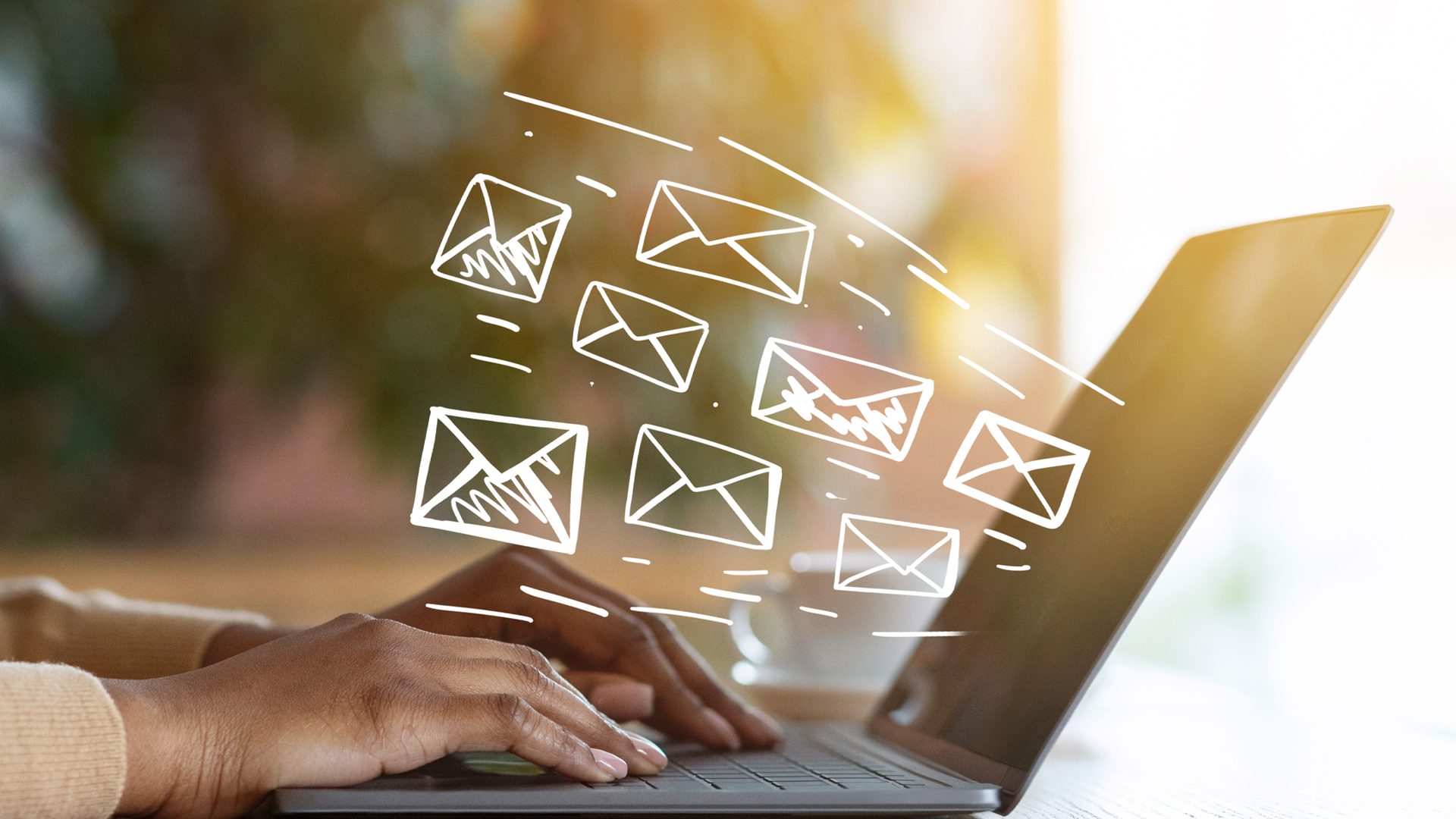In a world obsessed with TikTok trends, Instagram reels, and viral tweets, it’s easy to think that email marketing is outdated — a relic of a slower, less dynamic internet.
But here’s the truth that surprises many marketers today: email marketing is still the most powerful digital marketing channel in 2025 — and by a wide margin.
If you’re serious about building lasting customer relationships, maximizing your marketing ROI, and maintaining full control over your audience, email is not just relevant — it’s essential.
In this guide, we’ll break down why email marketing continues to outperform social media, backed by real stats, and show you exactly how to do it right in 2025.
Why Email Still Beats Social Media (Even in 2025)
1. Email Has a Higher ROI
According to Litmus’ 2024 report, the average ROI for email marketing is $36 for every $1 spent.
In comparison, social media advertising typically returns $2–$5 for every $1.
Why? Because email allows for highly targeted, personalized messaging directly to people who have already shown interest in your brand.
Email = owned media.
Social media = rented space.
2. You Own Your Email List
If Facebook shuts down your page tomorrow, or if Instagram’s algorithm changes (again), you could lose access to your audience.
With email, you control the relationship.
Your email list is an asset.
No platform can take it away from you.
3. Higher Engagement Rates
Across industries, average email open rates in 2025 hover between 20–30%, and click-through rates (CTR) are around 2–5%.
Meanwhile, organic reach on Facebook and Instagram has dropped to under 5% for most brands.
That means if you post to 10,000 followers, fewer than 500 might even see it — let alone engage.
With email, you have a direct line to your customer’s inbox.
4. Better Personalization Opportunities
Email marketing technology has evolved massively.
Today, using advanced segmentation and AI tools, you can:
- Personalize subject lines.
- Tailor content based on past behavior.
- Send dynamic offers depending on customer preferences.
- Predict optimal send times for each user.
Personalized emails deliver 6x higher transaction rates than generic ones (Experian).
5. Longer Lifespan
A social media post has a lifespan of a few hours — maybe a day at best.
An email can sit in a customer’s inbox for days or weeks, providing multiple opportunities to engage.
This longer exposure window means higher chances of conversion over time.
Email Marketing vs. Social Media: Side-by-Side Comparison
| Factor | Email Marketing | Social Media |
|---|---|---|
| Ownership | You own your list | Platform owns the audience |
| Reach | 20–30% open rates | 2–5% organic reach |
| Personalization | High | Limited |
| ROI | 36:1 | 2–5:1 |
| Lifespan | Days to weeks | Hours |
| Cost | Low (after initial setup) | High (for paid reach) |
The Core Components of a Successful Email Marketing Strategy in 2025
If you want to dominate with email, you need more than just a “monthly newsletter.”
Here’s how to build a modern, high-performing email marketing machine:
1. Build a High-Quality List (Not Just a Big One)
Focus on quality over quantity.
It’s better to have 5,000 highly engaged subscribers than 50,000 who don’t open your emails.
Ways to build your list:
- Offer lead magnets (free e-books, checklists, webinars).
- Use pop-ups and exit-intent offers on your website.
- Promote newsletter signup on social media.
- Add opt-in forms to your blog posts and landing pages.
- Host free courses, challenges, or exclusive webinars.
Important: Always get explicit consent (no buying lists!) to comply with GDPR and privacy regulations.
2. Segment Your Audience
Not every subscriber wants the same thing.
Segment your list based on:
- Purchase history
- Behavior (e.g., clicked links, downloads)
- Demographics
- Interests
- Engagement levels
Segmentation allows you to send more relevant emails, leading to higher open rates, click rates, and conversions.
3. Personalize Beyond the First Name
Modern email marketing goes far beyond “Hi [First Name]”.
Use data to personalize:
- Recommended products
- Content based on past interactions
- Birthday and anniversary discounts
- Abandoned cart reminders
- Geo-targeted offers
Stat: Personalized emails improve click-through rates by 139% compared to non-personalized ones (Campaign Monitor).
4. Write Magnetic Subject Lines
Your email subject line determines whether your message gets opened — or ignored.
Tips for irresistible subject lines:
- Keep it under 50 characters.
- Use curiosity, urgency, or emotion.
- Test emojis (if appropriate for your brand).
- A/B test different styles over time.
Examples:
- “You’re Missing Out on This Exclusive Offer 🔥”
- “Is Your Website Actually Costing You Sales?”
- “Only 24 Hours Left — Grab Your Bonus!”
5. Focus on Mobile Optimization
More than 70% of emails are opened on mobile devices in 2025.
Make sure:
- Your emails are mobile-responsive.
- Fonts are large enough to read.
- CTAs are thumb-friendly (easy to tap).
- Images load quickly.
If it doesn’t look good on mobile, it won’t perform well — period.
6. Deliver Value Consistently
Every email you send should either educate, entertain, or offer value — not just sell.
Mix up your email types:
- Educational content (tips, how-to guides)
- Stories and behind-the-scenes
- Special offers and discounts
- Invitations to webinars/events
- Customer spotlights or testimonials
Golden rule:
If subscribers trust you to consistently deliver value, they’ll stay subscribed — and they’ll buy.
7. Automate Wisely
Set up email automation sequences like:
- Welcome series for new subscribers.
- Abandoned cart recovery.
- Post-purchase follow-up.
- Re-engagement campaigns for inactive users.
Automation saves you time and ensures timely, relevant communications — even while you sleep.
8. Track, Measure, and Improve
Don’t guess — measure.
Key metrics to monitor:
- Open Rate: How many people opened your email.
- Click-Through Rate (CTR): How many clicked a link.
- Conversion Rate: How many completed the desired action.
- Unsubscribe Rate: How many opted out.
- Bounce Rate: How many emails failed to deliver.
Analyze regularly and optimize subject lines, send times, and content based on real performance.
Real-World Examples of Brands Winning with Email
1. Airbnb
Airbnb uses highly personalized email marketing showing users properties and destinations tailored to their browsing history.
Result: High engagement and booking rates.
2. Grammarly
Grammarly sends weekly performance updates via email, showing users how many words they wrote, what they improved, and how they rank compared to other users — boosting engagement and retention.
3. Huckberry
This outdoor gear brand sends beautifully designed product emails combined with storytelling, adventures, and useful tips — leading to strong brand loyalty and high email-driven sales.
Common Email Marketing Mistakes to Avoid
- Buying email lists: Leads to poor engagement and spam complaints.
- Over-emailing or under-emailing: Find a consistent, value-driven cadence.
- Ignoring mobile optimization: Mobile users dominate.
- Neglecting segmentation: One-size-fits-all emails don’t perform.
- Poor copywriting: Boring emails get deleted. Fast.
Final Thoughts
In 2025, with all the noise and fleeting trends in the digital landscape, email marketing remains the most direct, personal, and profitable channel available.
It offers higher ROI, deeper engagement, and better control than social media ever could.
If you want to build a sustainable business, grow customer loyalty, and drive real revenue, investing in a strong email marketing strategy isn’t optional — it’s essential.
Ready to start?
Write that first email with value. Deliver it consistently.
Your audience — and your bottom line — will thank you. 🚀



